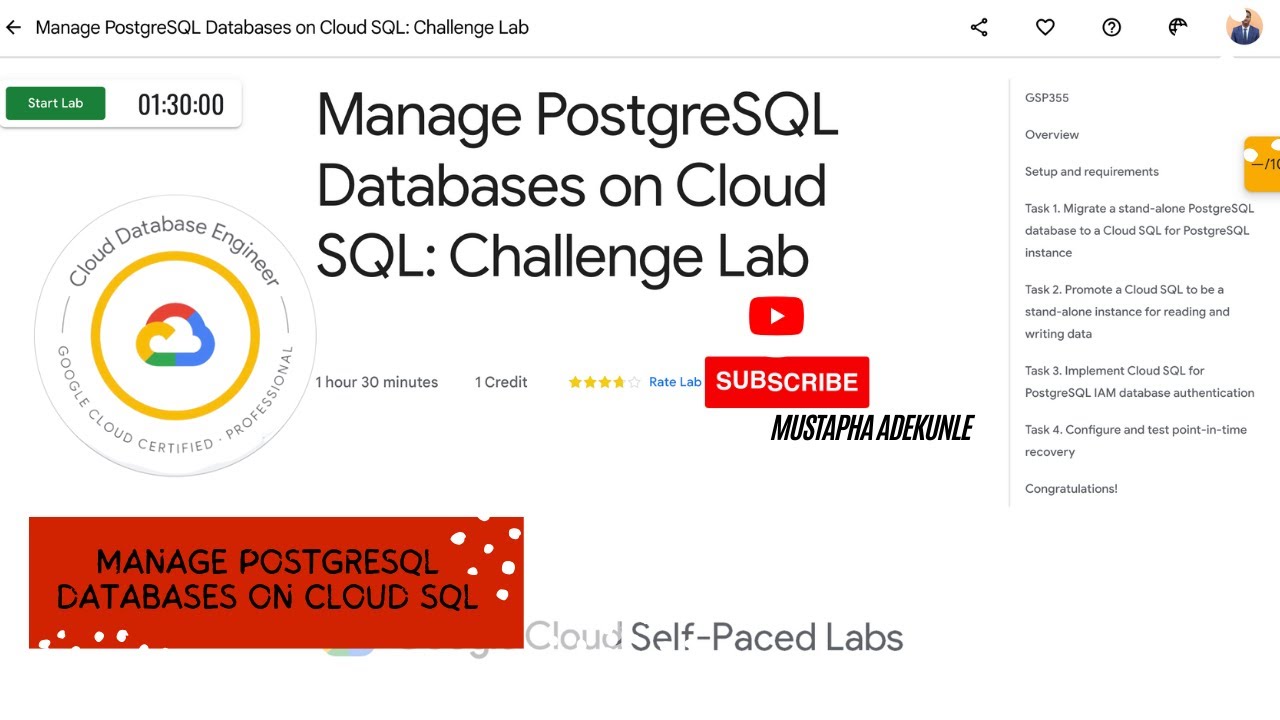Manage PostgreSQL Databases on Cloud SQL
PostgreSQL is a powerful open-source relational database management system that is widely used by developers to store and manage data. Cloud SQL, on the other hand, is a fully managed database service by Google Cloud that offers PostgreSQL as one of its supported database engines. In this article, we will discuss how to manage PostgreSQL databases on Cloud SQL, from setting up a new instance to performing routine maintenance tasks.
Creating a Cloud SQL Instance
The first step in managing PostgreSQL databases on Cloud SQL is to create a new instance. This can be done through the Google Cloud Console or using the gcloud command-line tool. When creating the instance, you will need to specify the PostgreSQL version, machine type, storage capacity, and other configuration options. Once the instance is created, you can connect to it using standard PostgreSQL tools like psql or pgAdmin.
Importing and Exporting Data
One of the key tasks in managing databases is importing and exporting data. Cloud SQL allows you to import and export data in various formats such as SQL, CSV, and JSON. You can use tools like pg_dump and pg_restore to create backups of your database and restore them as needed. Additionally, you can use the Cloud SQL import and export feature to easily transfer data between different instances or environments.
Monitoring and Performance Optimization
Monitoring the performance of your PostgreSQL database is essential to ensure optimal performance and reliability. Cloud SQL provides built-in monitoring and alerting capabilities, allowing you to track key performance metrics like CPU usage, disk I/O, and query latency. You can also use tools like pg_stat_statements to analyze query performance and identify bottlenecks that may impact your application’s performance.
Backup and Disaster Recovery
Backing up your database is critical to protect your data against accidental deletion, corruption, or other disasters. Cloud SQL offers automated backups that allow you to restore your database to a specific point in time. You can also configure manual backups and retention policies to meet your specific recovery point objectives. In the event of a disaster, you can use the automated backup feature to quickly restore your database and minimize downtime.
Scaling and High Availability
As your application grows, you may need to scale your PostgreSQL database to handle increased traffic and workload. Cloud SQL makes it easy to scale your database by adding more computing resources or upgrading your instance to a higher machine type. You can also enable high availability features like failover replicas and regional instances to ensure that your database remains accessible and reliable even in the event of hardware failures or maintenance events.
Security and Compliance
Securing your PostgreSQL database is crucial to protect your data from unauthorized access and cyber threats. Cloud SQL provides several security features to safeguard your database, including network encryption, data encryption at rest, user authentication and access control, and audit logging. Additionally, Cloud SQL is compliant with various industry standards and regulations like HIPAA and GDPR, ensuring that your data is stored and managed in a secure and compliant manner.
Conclusion
Managing PostgreSQL databases on Cloud SQL offers numerous benefits, including scalability, high availability, security, and compliance. By following best practices and utilizing the features and tools provided by Cloud SQL, you can ensure that your PostgreSQL databases are well-protected, performant, and reliable. Whether you are a small startup or a large enterprise, Cloud SQL makes it easy to manage your PostgreSQL databases in the cloud without worrying about infrastructure maintenance or management.
